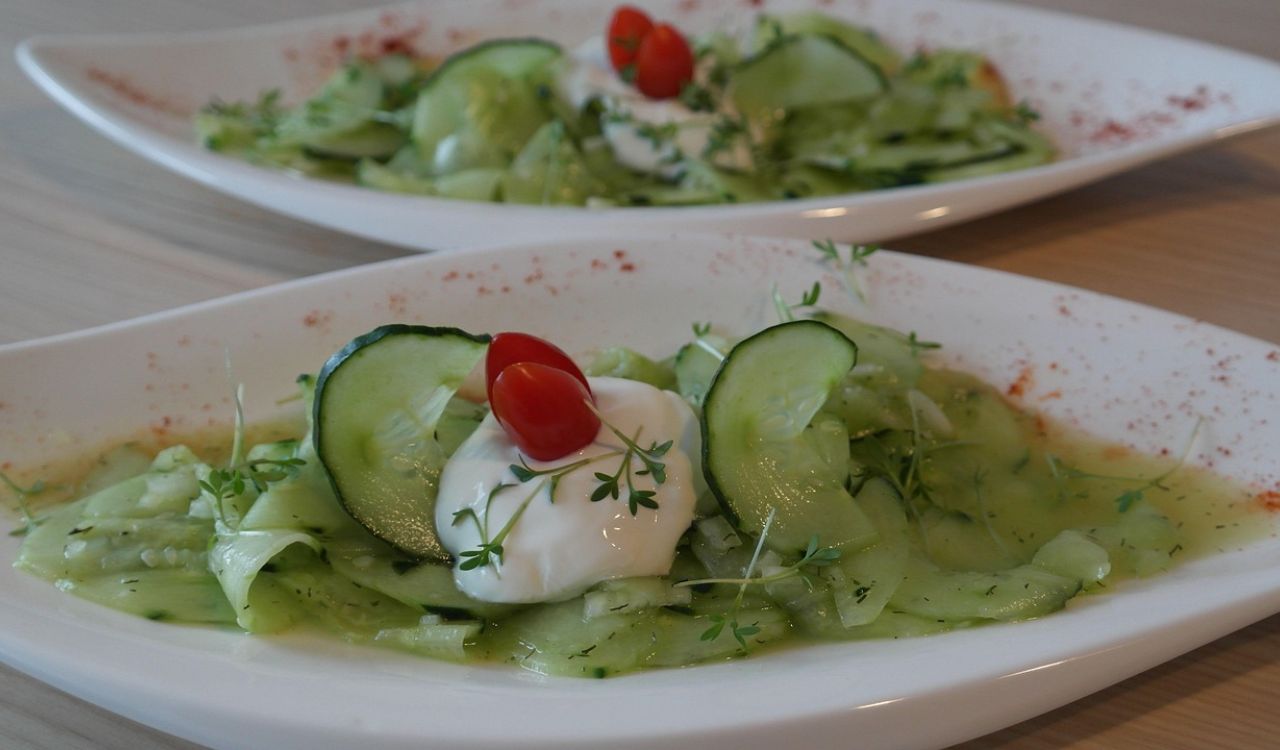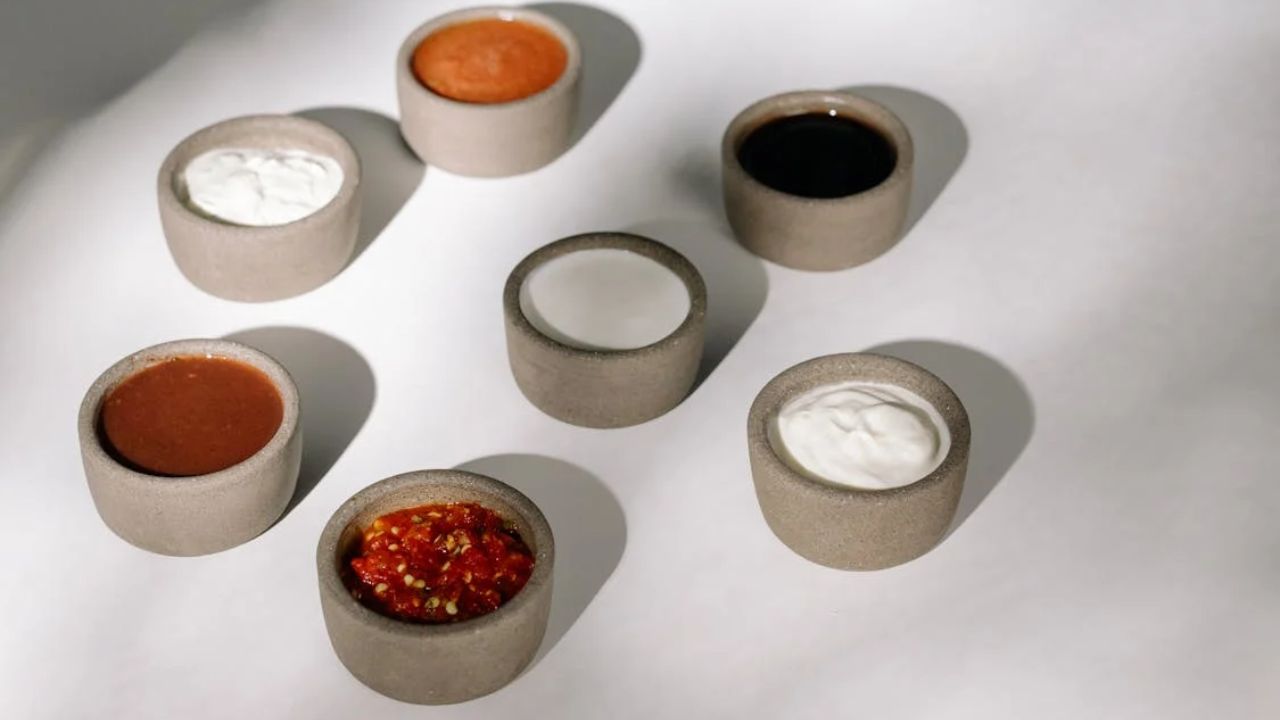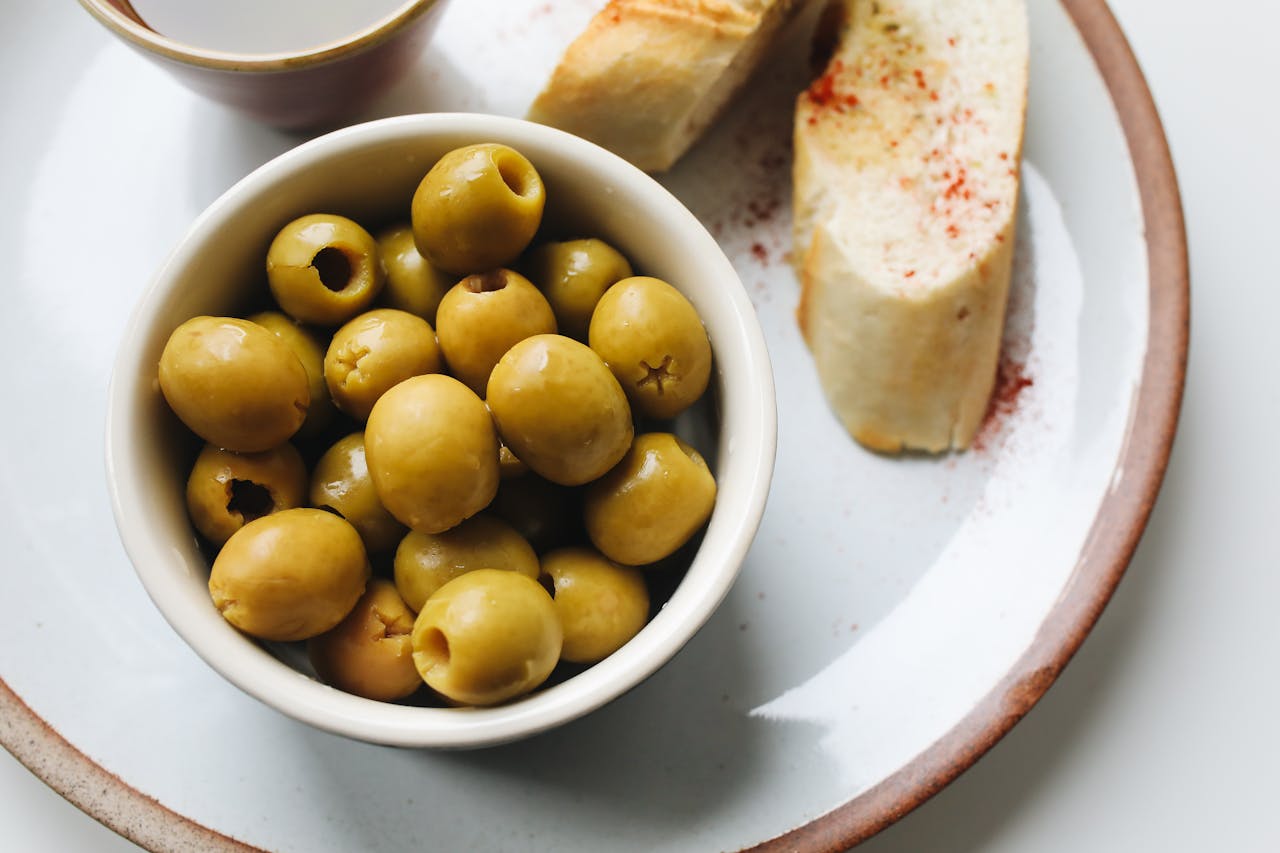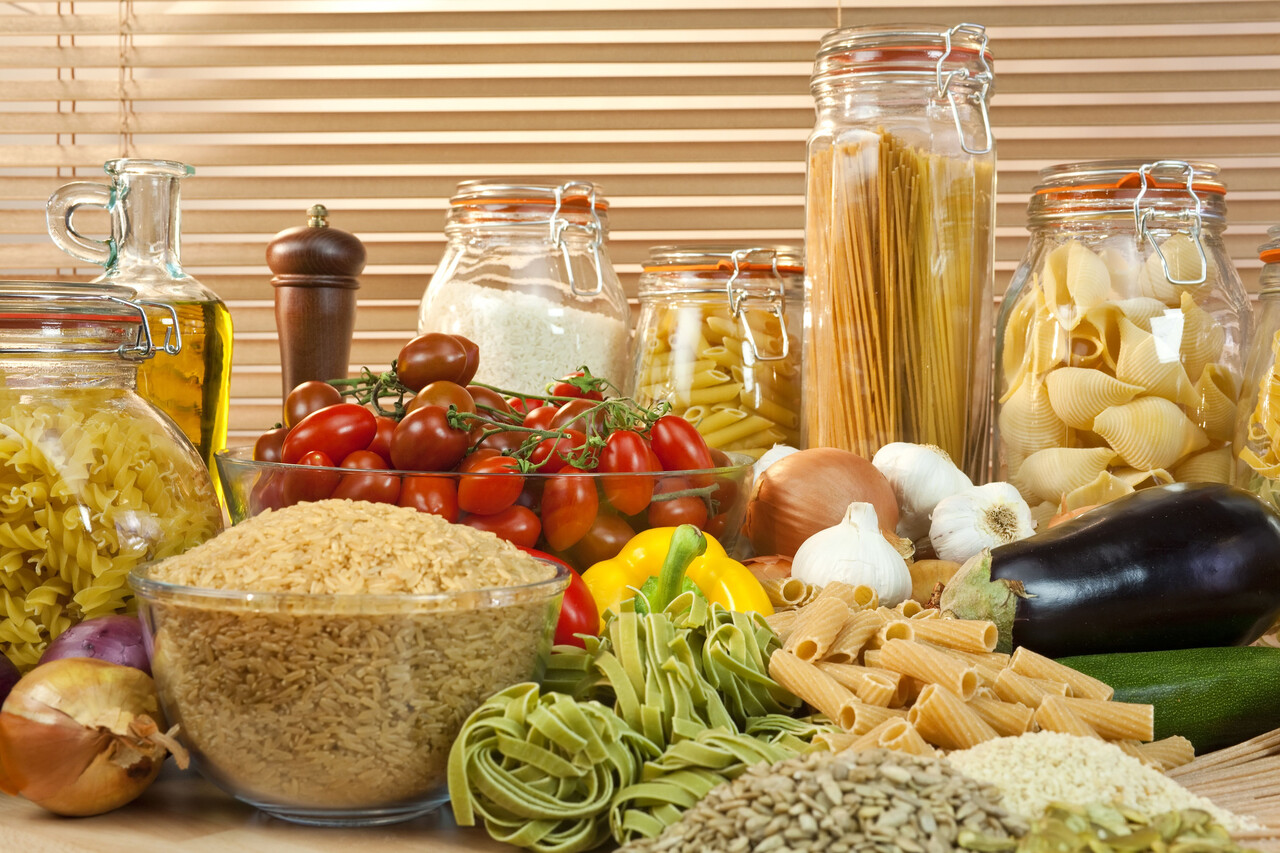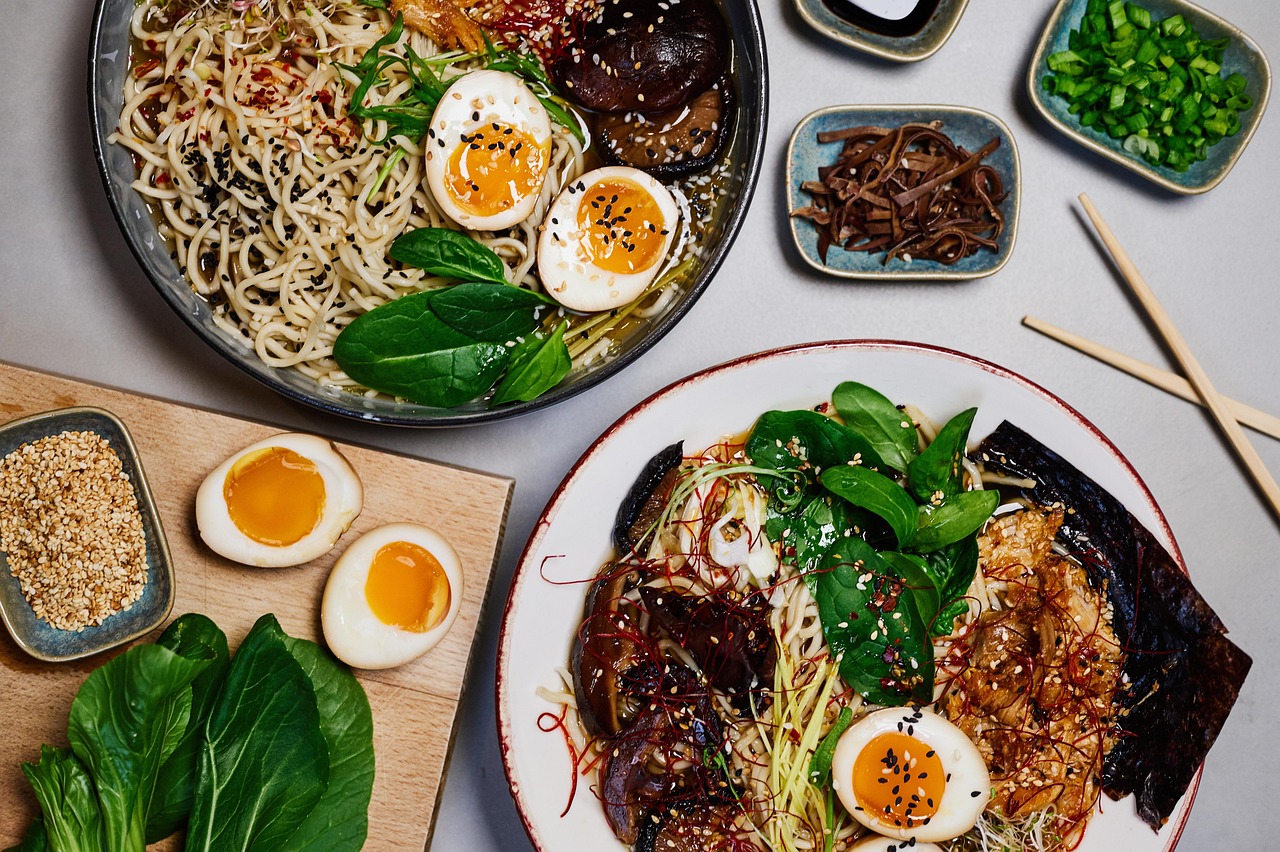10 Beers That Never Deserve Their Price Tag
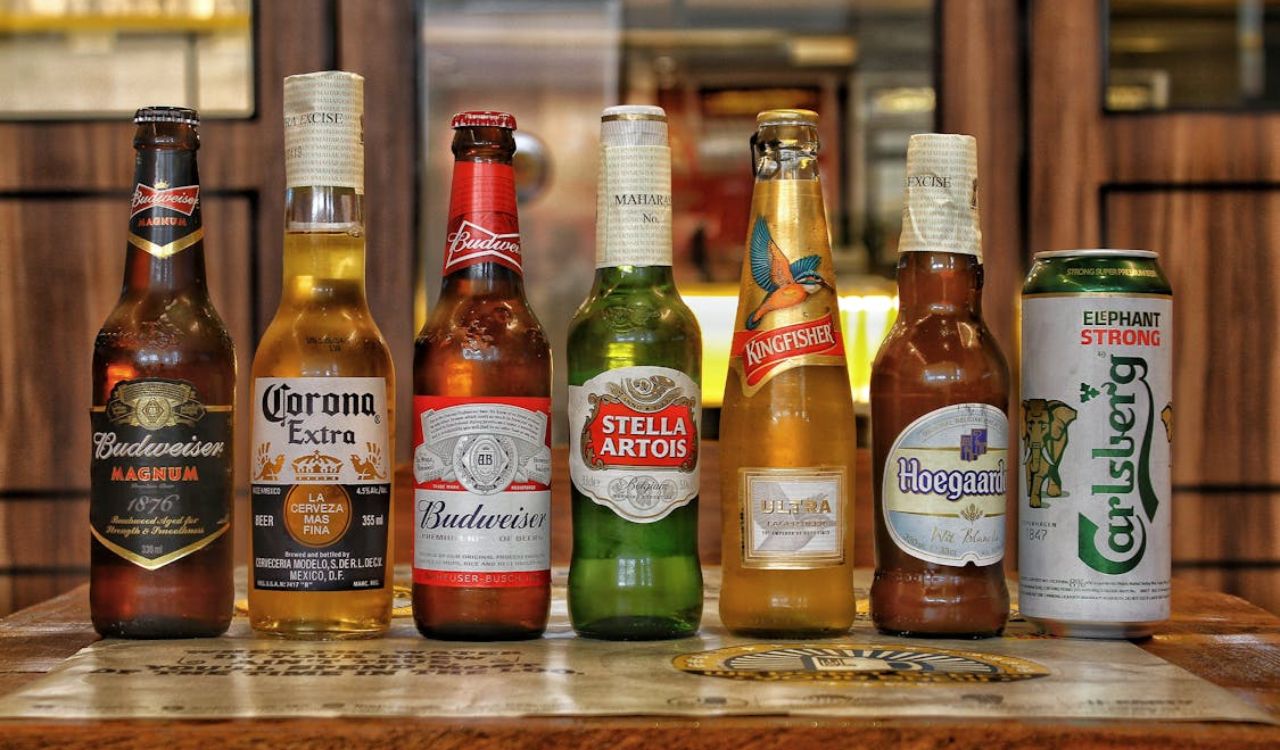
Price does not always equal quality when it comes to beer. Some of the world’s most recognizable brands rely more on marketing than on unique or superior flavor. Whether it is a mass-market lager sold at a premium or a so-called craft-style beer made by a global corporation, not every bottle or can is worth what you pay. While many of these beers are drinkable, their reputations and branding often inflate expectations far beyond reality. Here are ten beers that rarely live up to their price tags.
1. Stella Artois
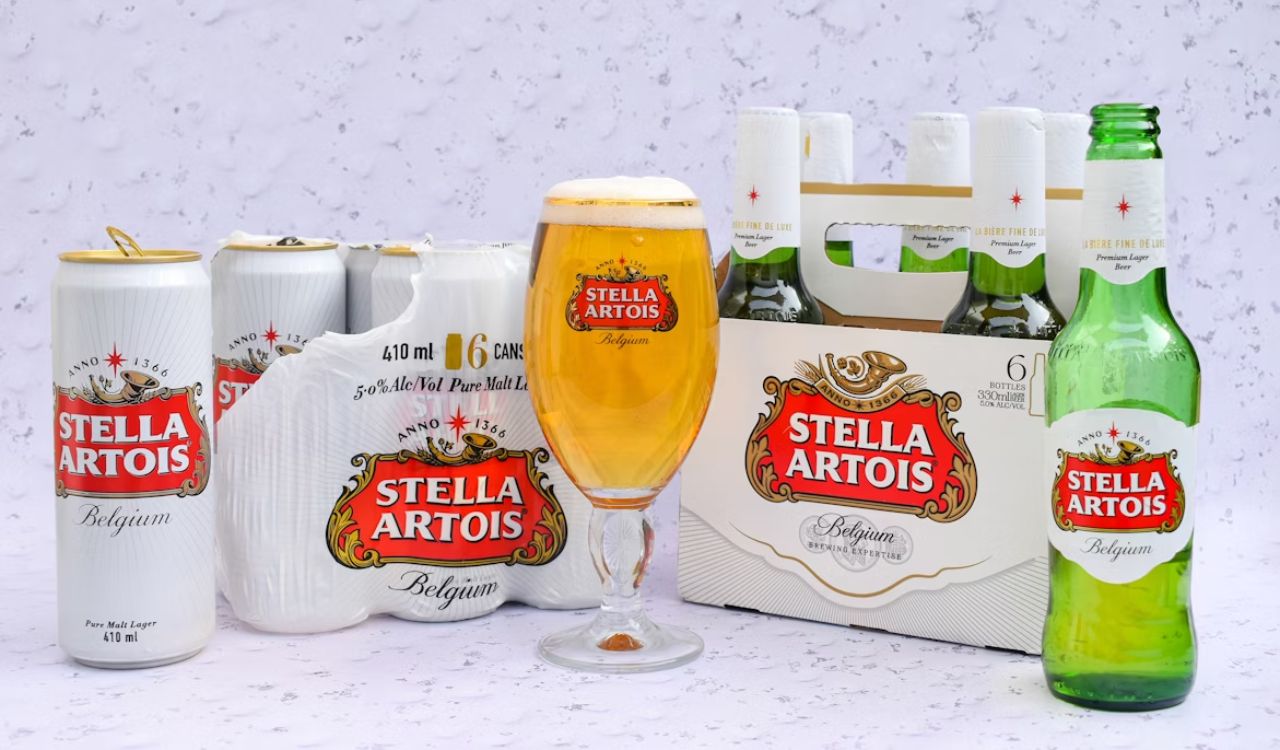
Stella Artois is often presented as a symbol of European sophistication, but its flavor does not quite match its upscale image. Originally brewed in Belgium, it is now produced in several other countries, and its taste has grown milder over the years. The crispness is there, but there is little depth or distinction compared to cheaper lagers. Much of its cost comes from its long-running premium branding and elegant glassware rather than exceptional brewing. While drinkable, Stella Artois feels overpriced for what is essentially a standard international lager.
2. Heineken
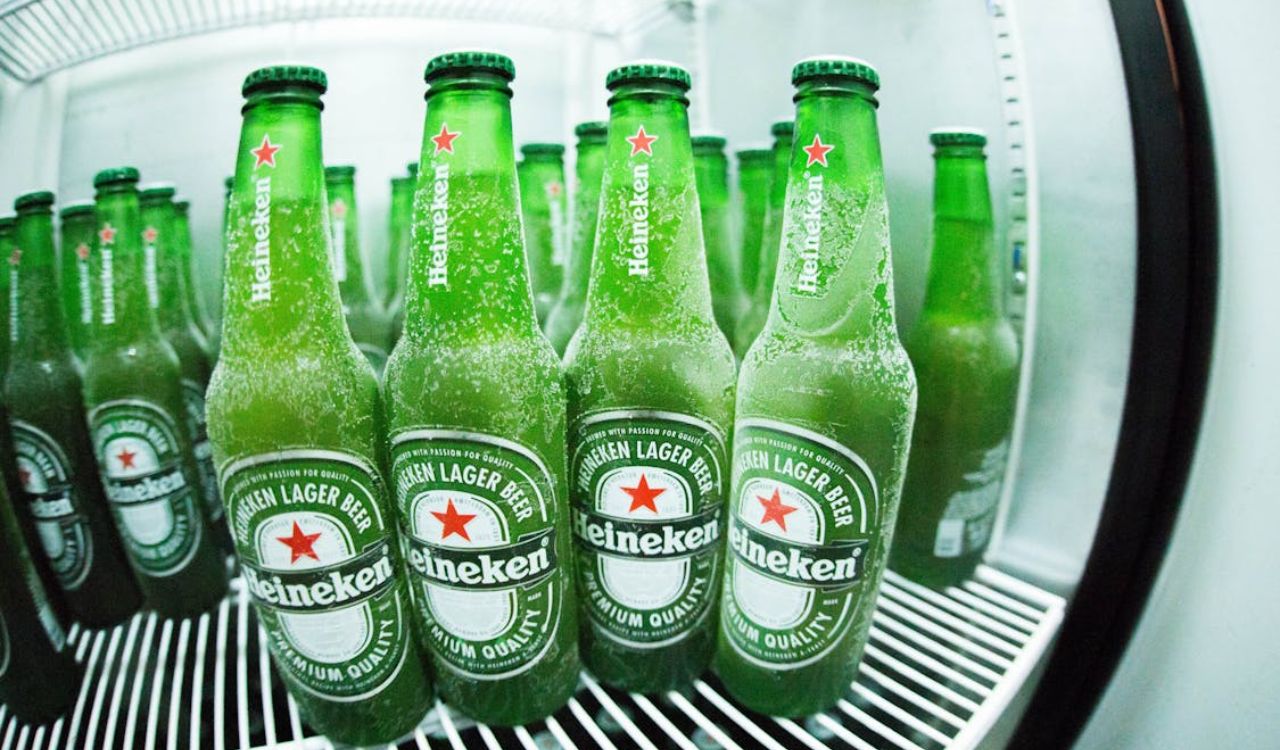
Heineken’s green bottle and star logo are instantly recognizable, helping it maintain a reputation as a high-end import. However, its slightly skunky aroma, caused by exposure to light through green glass, has long been a common complaint. The beer itself is crisp but lacks body or character compared to many modern lagers that cost less. While it holds nostalgic value for some, Heineken’s quality rarely justifies its higher price point. Most beer fans agree that you are paying for the brand name and packaging rather than for superior flavor.
3. Corona Extra
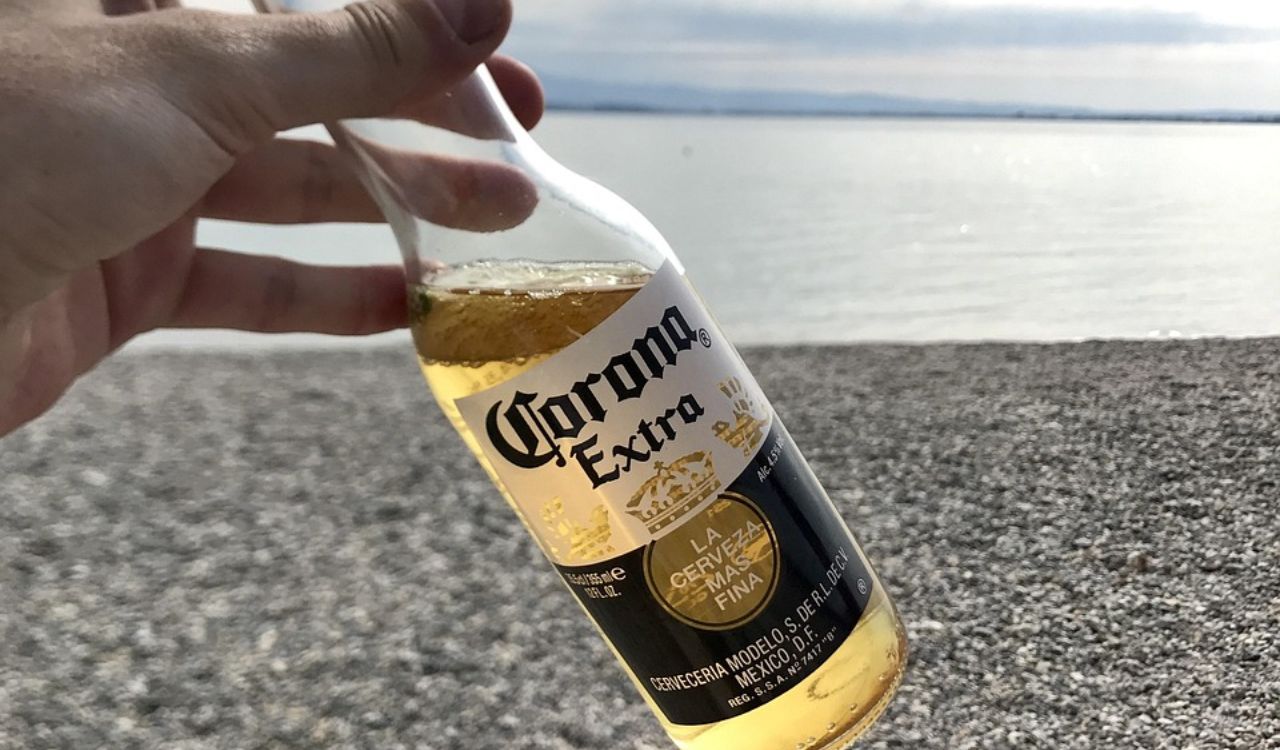
Corona Extra is synonymous with sunny beaches, lime wedges, and laid-back summer days. Its image as a light and refreshing beer helps drive its sales, but the flavor often falls flat. The beer’s mildness and clear-bottle packaging make it more vulnerable to developing a skunky taste, especially when stored improperly. While it pairs easily with lime and beachside vibes, the actual beer is thin, with little malt or hop complexity. Corona’s cost is more about selling a lifestyle than delivering a great-tasting lager.
4. Blue Moon Belgian White
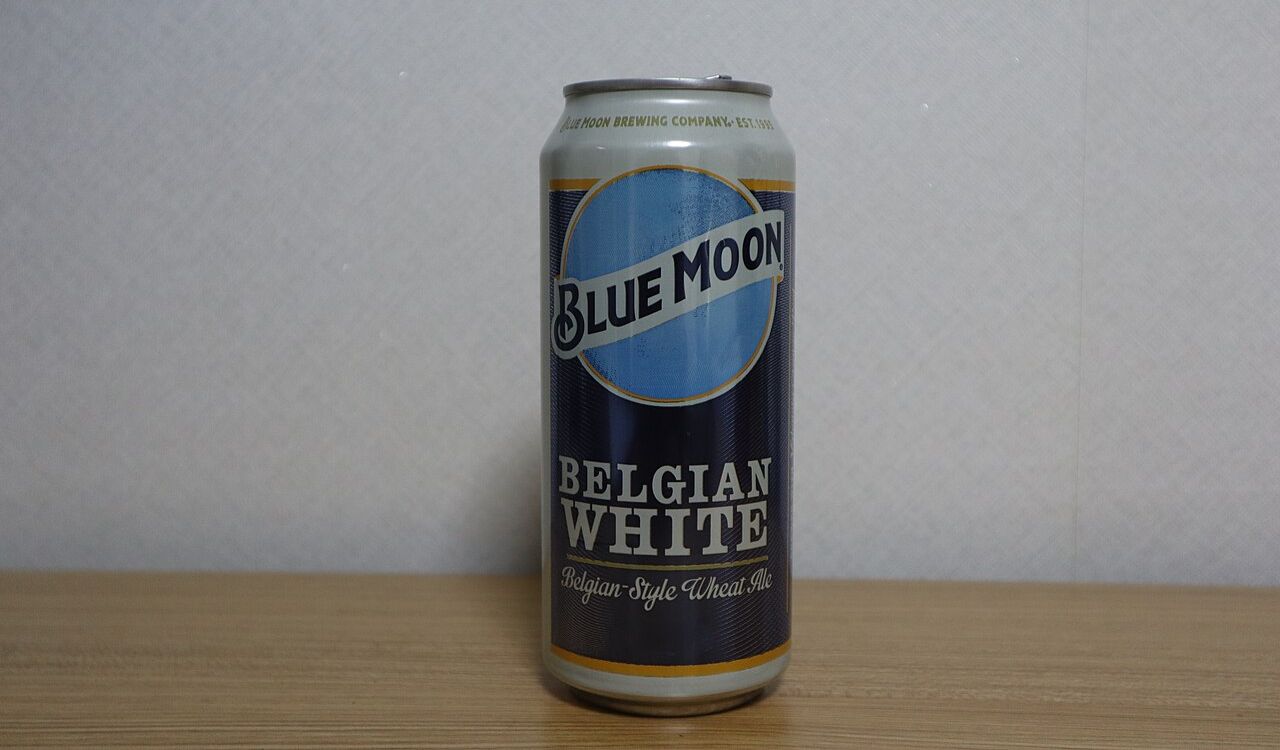
Blue Moon Belgian White markets itself as a craft-inspired wheat beer, complete with its signature orange garnish. However, it is brewed by Molson Coors, one of the largest beer corporations in the world. While the beer’s cloudy appearance and mild sweetness make it approachable, the flavor lacks the complexity of true craft wheat beers. Many drinkers find it too sweet and one-dimensional. Considering its price, there are many small-batch alternatives with richer spice and citrus notes. Blue Moon delivers familiarity but not the quality its price implies.
5. Guinness Draught
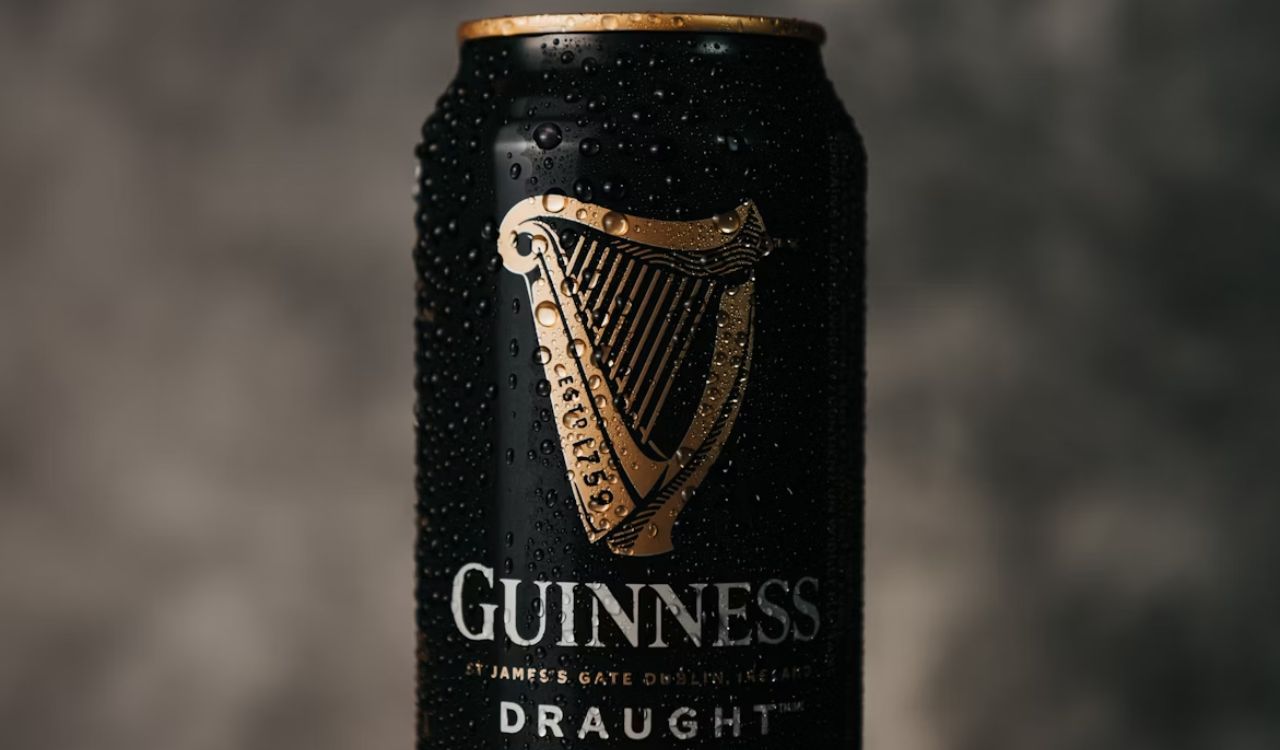
Guinness Draught has a legendary reputation, and few beers are as instantly recognizable. However, outside of Ireland, the canned and bottled versions often disappoint. The nitrogen widget creates the famous creamy head, but the flavor can feel muted compared to fresh pints served on tap in Dublin. The imported versions are often pricier, yet they lack the roasted depth and freshness of other stouts at lower prices. While Guinness remains iconic, its packaged versions simply do not deliver the same experience that built its global fame.
6. Beck’s

Beck’s built its brand on being an authentic German pilsner, but much of its U.S. supply is now brewed domestically by Anheuser-Busch in St. Louis. This change affected both perception and taste. Many long-time fans have noticed a lighter, less distinctive flavor compared to the imported version. Despite this, Beck’s continues to be sold at import-level prices in many markets. For beer drinkers seeking a true German-style pilsner, better and more affordable options exist. Beck’s remains drinkable but no longer justifies its premium price tag.
7. Bud Light Platinum
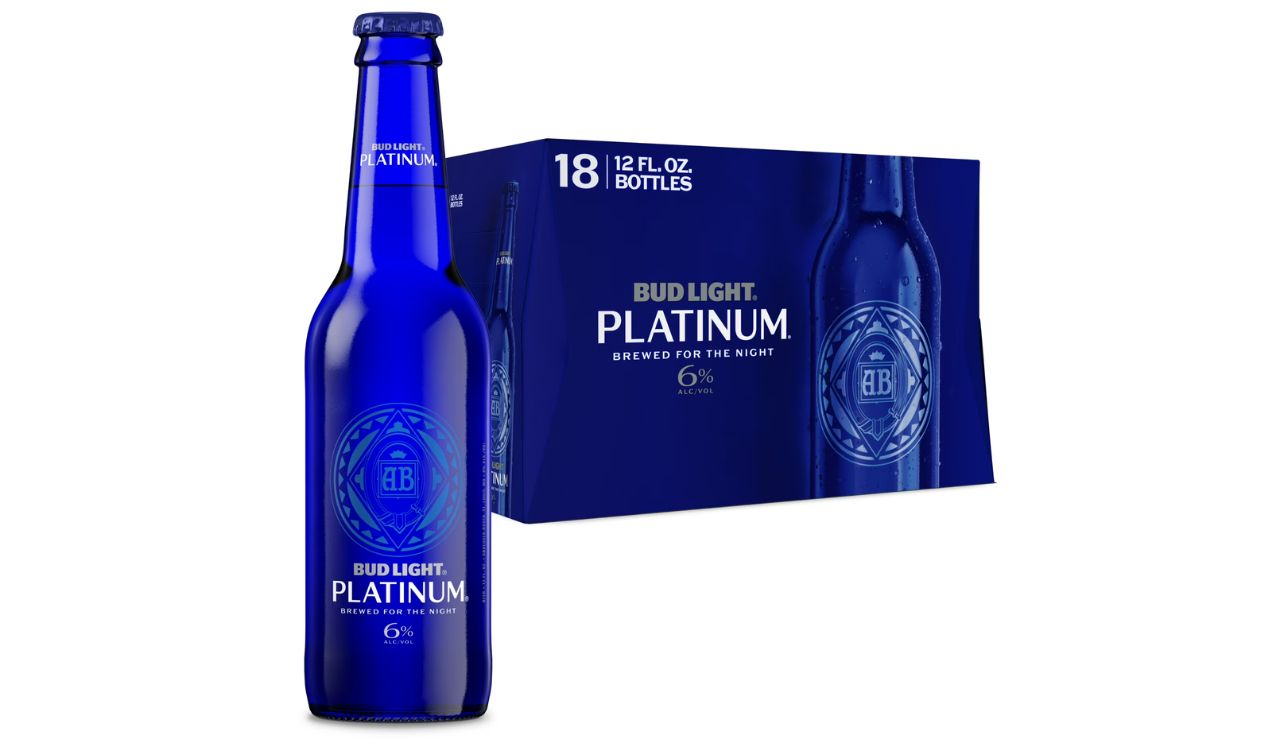
Bud Light Platinum was launched as a premium, higher-alcohol version of Bud Light, housed in a shiny blue bottle. However, the difference in flavor is minimal, and the added sweetness makes it less crisp than the original. Its higher price and “luxury” positioning feel disconnected from what you actually get in taste or texture. While some may enjoy the novelty, Bud Light Platinum does not stand out enough to justify paying extra. It is a marketing-driven product more than a meaningful upgrade to a standard light beer.
8. Michelob Ultra
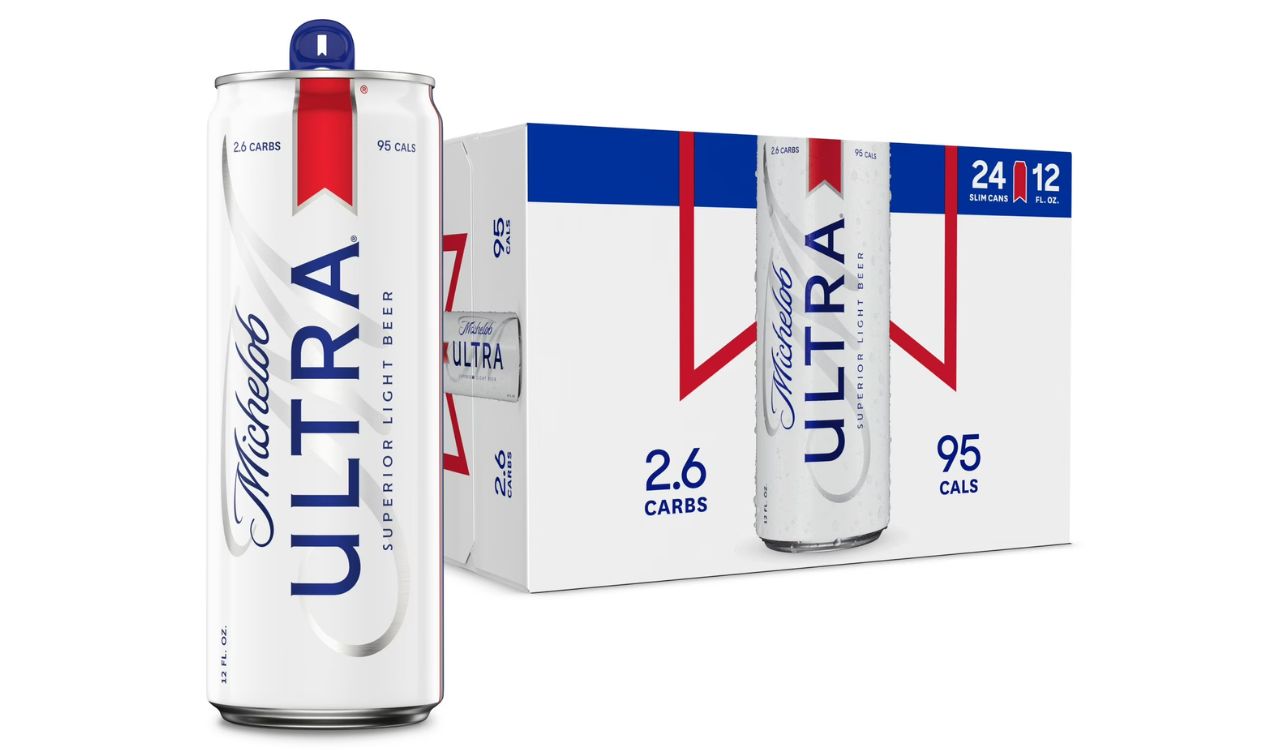
Michelob Ultra appeals to health-conscious drinkers with its low-calorie and low-carb formula. However, its taste is often compared to lightly flavored sparkling water. While its lightness makes it refreshing for some, others find it bland and lacking substance. Despite its minimal ingredients and low alcohol content, it often costs more than many other light beers. Its pricing reflects lifestyle marketing rather than brewing quality. For drinkers seeking low-calorie refreshment, other brands offer similar options at a fraction of the cost.
9. Budweiser Reserve Copper Lager
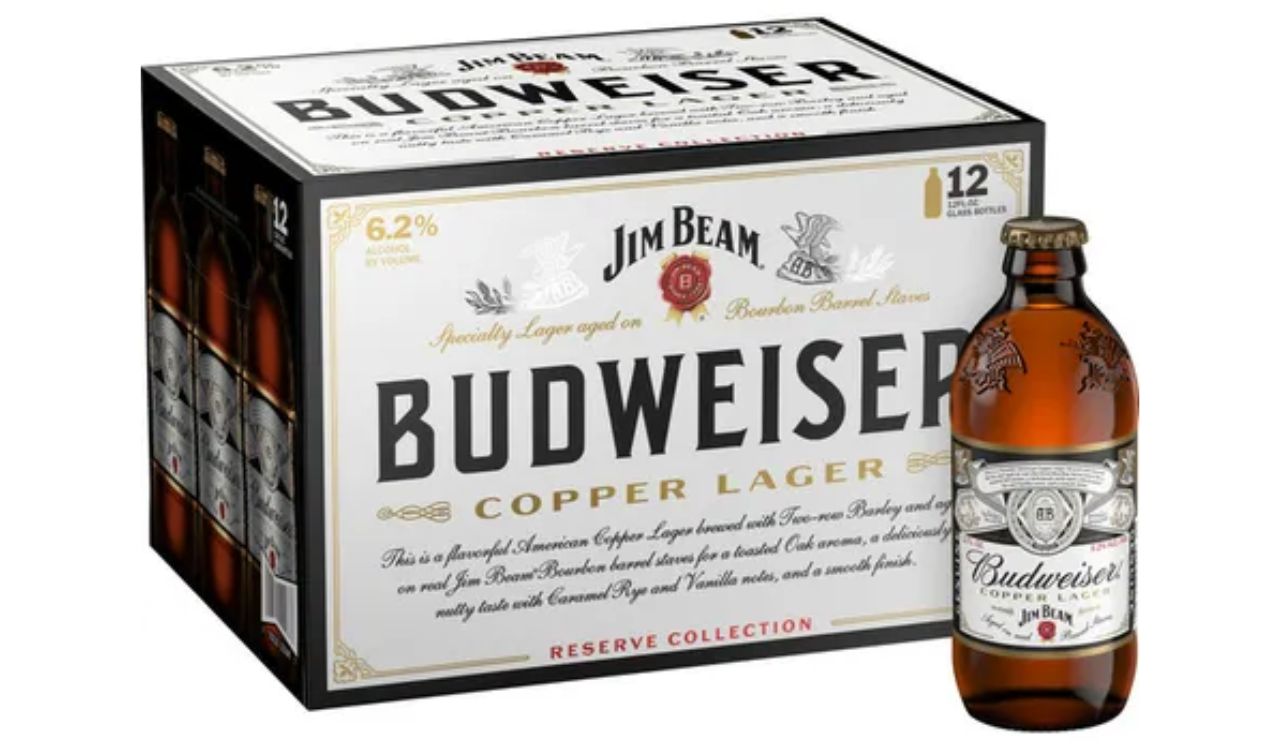
Budweiser Reserve Copper Lager, created in partnership with Jim Beam, promised the rich flavor of beer aged on bourbon barrel staves. The concept sounded intriguing, but in practice, the beer’s sweetness overpowers its base flavor, leaving little of the bourbon nuance it advertises. Despite this, it is priced well above regular Budweiser. While it makes for an interesting one-time try, it does not hold up to other craft or small-batch options at the same price point. Ultimately, the beer’s concept outshines its execution, making it a poor value.
10. Goose Island IPA (standard release)
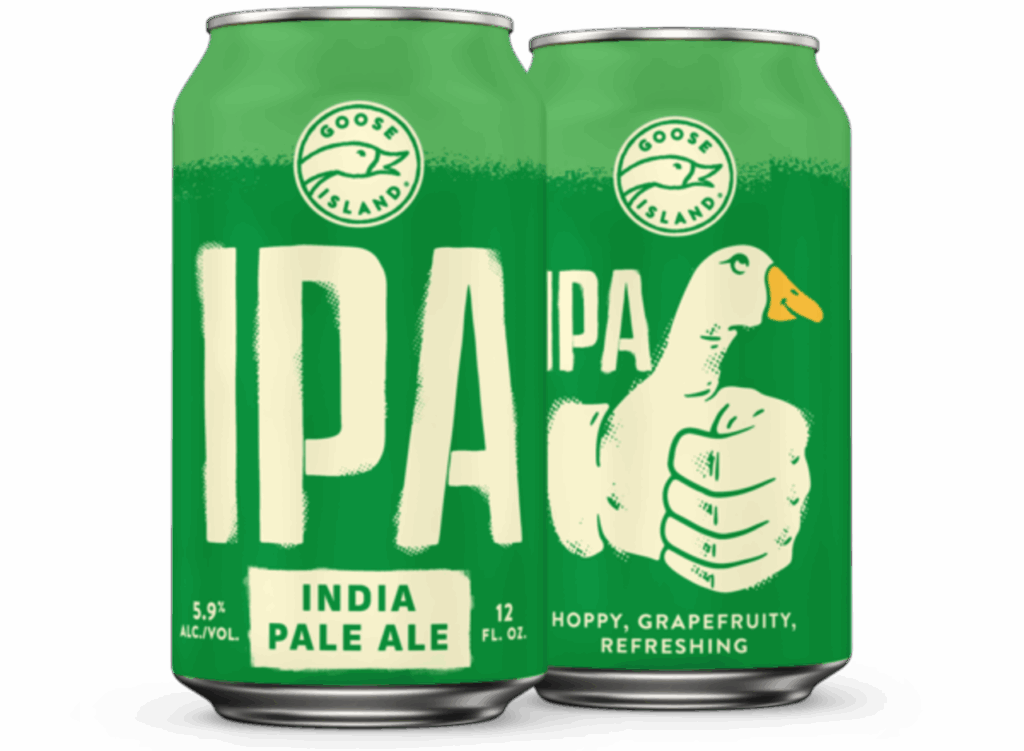
Here’s the thing about Goose Island’s flagship IPA: it helped introduce a lot of drinkers to hoppy beer, but the market has changed while the recipe hasn’t moved with it. The price, however, often sits in the same range as craft IPAs that offer fresher hops, bolder aromatics, and far more complexity. Because Goose Island is produced on such a large scale, the beer doesn’t always have that just-brewed punch people expect from an IPA, which makes the premium feel misplaced. Many drinkers find the bitterness a little flat and the aroma muted compared with newer options on the shelf.


